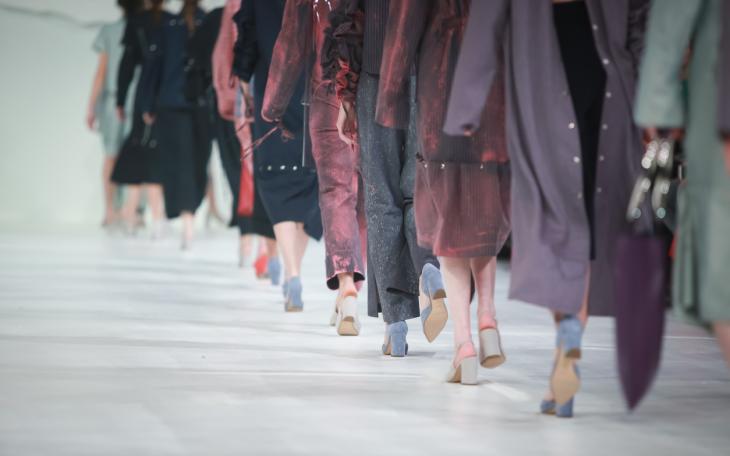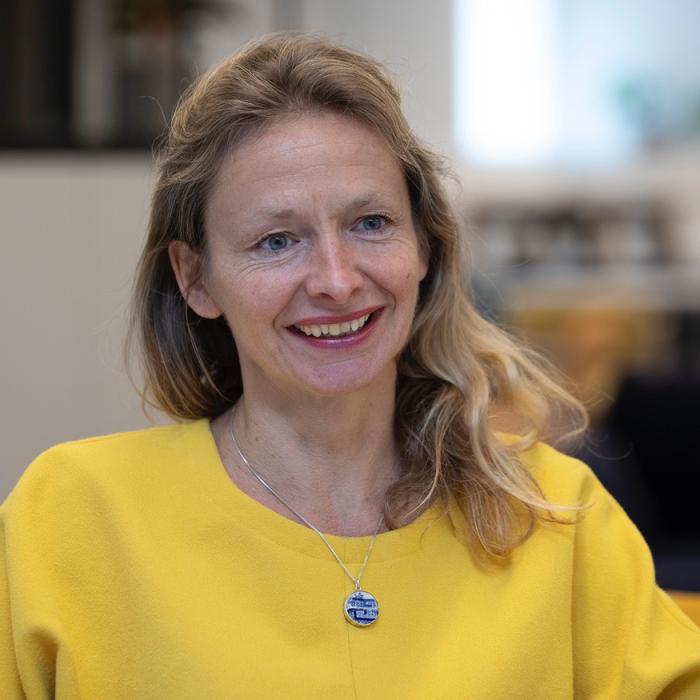Is London Fashion Week inclusive enough?

London Fashion Week, which opens tomorrow, likes to position itself as progressive and ahead of the curve. But in the context of the tragedy that unfolded in a park in Culcheth, Cheshire this week, should it be going further on inclusion? If the killing of Brianna Ghey, a transgender 16-year-old, is indeed found to be a hate crime – and even if it is not – any brand with any influence on this age group should be stepping up to counter hateful, polarising views on social media and stamp out what seems to be a backlash against LGBTQ+ people freely expressing themselves.
Last September’s LFW was hailed as “the most inclusive yet”, with designers like Karoline Vitto and Sinéad O’Dwyer embracing body diversity with plus-size models. O’Dwyer’s catwalk debut in particular stood out for its casting of models with physical disabilities and diverse gender identities. In an interview with i-D, the Irish designer praised London for its openness to the queer community, adding that “Being accepting of people as they come is more common in the fashion community here than in others, perhaps.” Perhaps.
When it comes to image, fashion could hardly be accused of being too gender binary. Androgyny has been ‘cool’ since the dawn of the 20th Century. Never cooler than when Yves Saint Laurent sent long-legged lovelies down the catwalk in ‘Le Smoking’ Tuxedos or when David Bowie lounged around in Zandra Rhodes catsuits. Arguably, a gender fluid look has been the norm for some time. But what about behind the scenes?
The British Fashion Council (BFC) published a report last year called ‘Diversity and Inclusion in the Fashion Industry’, and found that fashion is actually one of the most inclusive industries to work in if you’re from the LGBTQ+ community. Over half (62%) of businesses they interviewed had at least one LGBTQ+ leader in the top two levels of their organisation.
But diversity & inclusion (D&I) is a broad church by definition. As well as race, gender, disability and mental health, social mobility and age should also be factored in. And overall, the report found that as an industry, fashion “was not adequately prioritising D&I” and needed to reposition. Only half (51%) of all interviewed, for example, “have coordinated D&I strategies, few have specific targets for representation of minority groups, and even fewer have specific budgets allocated for D&I.”
Furthermore, senior board and executive roles were still dominated by men – who ultimately determine policy – and there is still a culture of “hiring for culture match” (a.k.a “people like us”). Another recurring theme was “the traditional inaccessibility and exclusivity of the fashion industry”.
On this last point, nowhere is this more visible than at London Fashion Week itself - the BFC’s flagship umbrella event - with its unapologetically elitist guest list policy. While the emergence of digital and hybrid catwalk shows (and there are over 20 over the next 7 days) may allow for greater inclusion in terms of providing an entrée to less well-represented designers and also helping to broaden attendance demographics, more could be done to signal LFW’s commitment to D&I, in line with its robust Diversity, Equity and Inclusion policy.
Perhaps the organisers should look to grassroots for inspiration. Launching at the same time as LFW is the London Represents Fashion Show, near Hyde Park. Anyone can get in with a £25 ticket. Sponsored by e-tailer Zalando, its raison d’etre is to “demonstrate the diversity of fashion in the capital” and promises to be inclusive and not too serious, while “showcasing ethical and sustainable fashion from emerging and established designers.”
It's time for fashion brands to acknowledge that inclusion is more than just a tick box - it is at the heart of changing culture.
London Represent Fashion Show & Network Event Tickets, Fri 17 Feb 2023 at 18:00 | Eventbrite









